The Black Rat is the smaller cousin of the brown rat. This species, a member of the taxonomic order Rodentia, is distantly related to everything from the house mouse, to the capybara and the beaver. People around the globe refer to this rodent species as the ship rat, house rat, roof rat, and more. Read on to learn about the Black Rat.
Description of the Black Rat
As you might have guessed, this species generally has black or grey colored fur. Outside of its size and coat color, it looks quite similar to other rats, with short legs, rounded ears, and a long scaly tail.
It is not quite as large as the brown rat, but still reaches lengths of about 12 in. or more. However, brown rats typically outweigh this species significantly. The heaviest individuals weigh up to 10 or 11 oz. while the brown species weighs up to a pound.
Interesting Facts About the Black Rat
So, what exactly makes these common pests so interesting? Learn more, below.
- The Black Plague – This species is often villainized for the spread of the bubonic plague. Though they did serve as a vector, these rats were not the sole cause of the plague.
- Pests on Pests – Contrary to popular belief, this rat species did not spread the plague; rather, the fleas carried it. The fleas jumped off the rats, bit humans, and the humans contracted the plague. From there, humans spread it to one another even in areas without the presence of these rodents.
- Warm Weather Rat – Unlike its larger cousin, this species thrives best in warmer climates. In colder regions, the brown rat has displaced and reduced the populations of the black species. Regardless, this species lives nearly across the globe.
- Not Sewer Rats – While brown rats thrive in the sewer and underground, this species prefers living high and dry, literally! Their preferred habitats include the upper levels of homes. Wild individuals often live on cliffs and in trees.
Habitat of the Black Rat
The habitat preferences of this species vary based on where it lives. In areas of dense human populations, these rodents prefer living in coastal regions like ports. They often live in roofs, attics, walls, sheds, barns, and other similar structure.
Their natural “wild” preference includes trees, cliffs, rocky outcrops, scrub forests, grasslands, and more. Animals living in close proximity to humans often forage in these types of regions as well.
Distribution of the Black Rat
This species lives across the globe virtually everywhere that humans inhabit. Researchers believe that their populations originated in southern Asia, but humans spread them throughout the past few centuries. Most of their distribution throughout the globe has occurred through sea travel.
Diet of the Black Rat
Though they are omnivorous, this rodent usually prefers an herbivorous diet. When food is plentiful, they feed primarily on grains, berries, nuts, fruits, and crops. This makes them incredibly destructive agricultural pests. Conversely, if food is scarce, they also hunt for insects and other small invertebrates.
Black Rat and Human Interaction
The spread of humankind has helped this species grow and prosper. They live virtually anywhere that humans live. However, this is not a harmonious joining.
These rats pose a seriously pesky problem in agricultural endeavors, and they spread various diseases and parasites. Particularly on isolated islands, they are quite destructive to native flora and fauna either through competition or direct predation.
Domestication
Humans have not domesticated this species to the extent of its cousin, the brown rat.
Does the Black Rat Make a Good Pet
People generally do not keep this species as a pet. Humans have not domesticated them, and you would not want to keep a wild individual because it could spread disease.
Black Rat Care
For the most part, these creatures do not live in human care. They are quite common, but have not been domesticated. Hypothetically, their care and needs would be quite similar to the brown rat.
Behavior of the Black Rat
This species feeds primarily at night, which makes it nocturnal. It lives in large groups made up of multiple adult males and females. These groups build extensive nests, usually out of leaves, sticks, grass, and other vegetation. Breeding behavior varies based on the size and dominance of the individual.
Reproduction of the Black Rat
Both sexes mate with multiple partners. A single female can produce up to 5 litters of pups in a given year. Each litter contains about 8 pups, but can contain up to a dozen. The gestation period lasts about 3 weeks.
After birth, the pups develop quickly. The mother weans them when they are about 3 or 4 weeks old. Once the pups reach between 3 and 5 months of age, they begin to reproduce themselves.

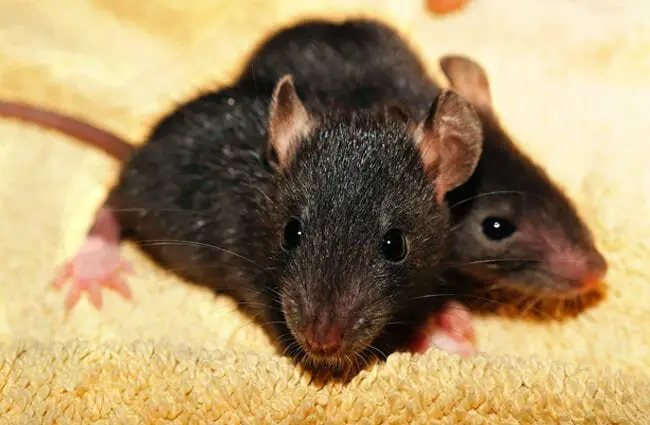
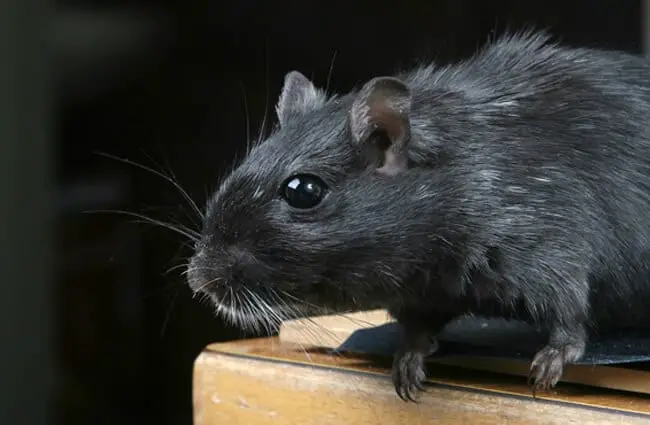
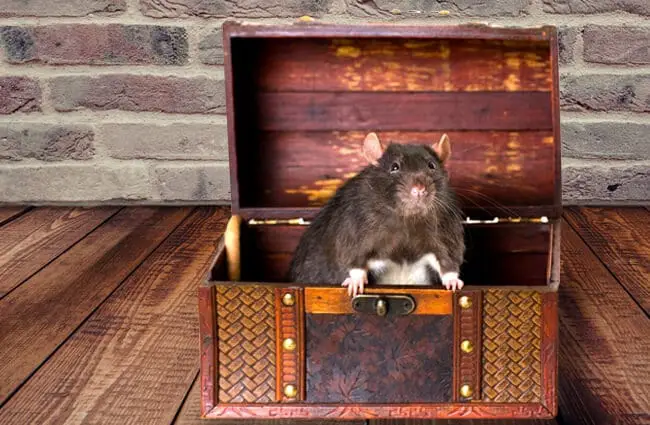
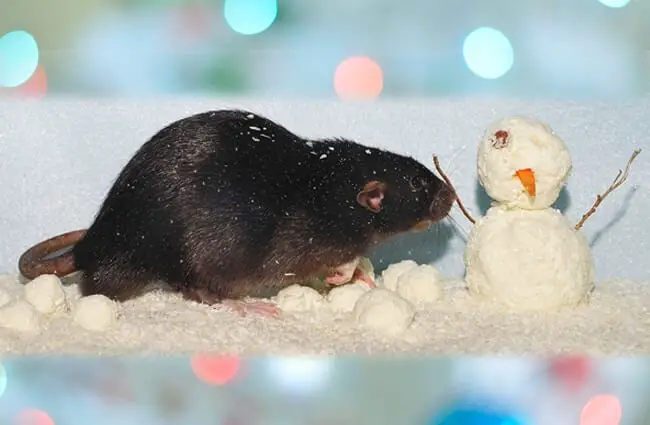

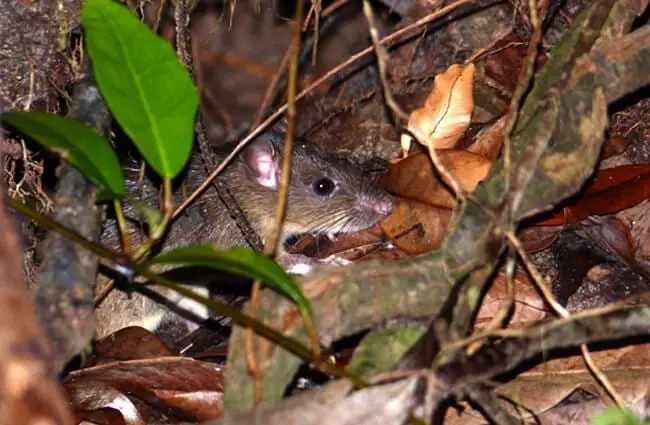
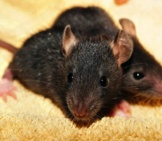
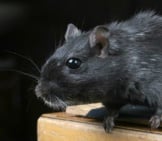
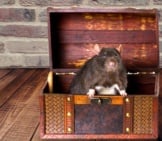



![Red Angus Closeup of a beautiful Red Angus cowPhoto by: U.S. Department of Agriculture [pubic domain]https://creativecommons.org/licenses/by/2.0/](https://animals.net/wp-content/uploads/2020/03/Red-Angus-4-238x178.jpg)












![Red Angus Closeup of a beautiful Red Angus cowPhoto by: U.S. Department of Agriculture [pubic domain]https://creativecommons.org/licenses/by/2.0/](https://animals.net/wp-content/uploads/2020/03/Red-Angus-4-100x75.jpg)

